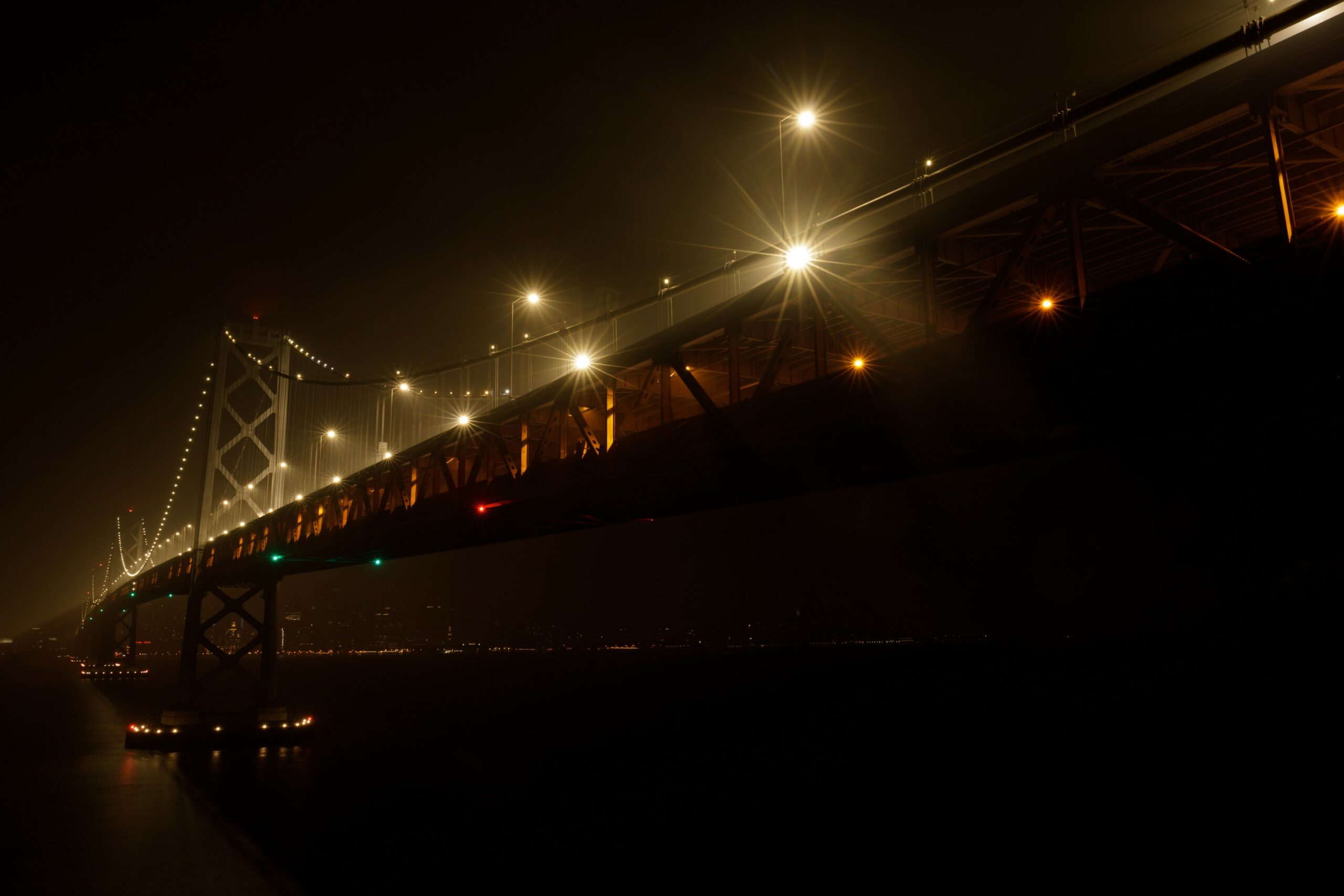
Heavy Rain, Flooding, and Chance of Severe Weather Staring Down the Southern U.S.
January 22, 2024
Posted: June 21, 2023 9:45 am





The June solstice ushers in the official astronomical start to summer, distinguished by the shortest night of the year. This year’s solstice will also feature the much-anticipated convergence of Venus and Mars shining next to the crescent moon. Here are some tips on spotting this celestial event.
The start of the astronomical summer officially happens at 10:57 am EDT on Wednesday, about three weeks after the beginning of the meteorological summer on June 1. Known as the June solstice, this date is when the most direct rays from the sun are focused on the Tropic of Cancer.
The result is that the longest day of the year takes place in all areas north of the equator. In fact, locations to the north of the Arctic Circle never see darkness on this day of the year.
While the night is the shortest of the year in the U.S., there is still plenty of time to get out and check out the convergence of the two planets with the moon. You will find this spectacle in the western sky about one hour after the sun sets on Wednesday.
Stargazers will notice the similarities between this convergence and the one that happened in May. However, June’s convergence will offer a glimpse of Venus and Mars shining more closely together.
Venus will be the easiest of the two planets to spot due to its greater size and brightness. Mars will be found above and to the left of Venus with a dimmer appearance.
Stargazers should also keep their eyes peeled for what is known in astronomical circles as Earthshine. This phenomenon is most commonly found during periods of a crescent moon either right after sunset or just prior to the sunrise. The effect happens as the sunlight reflecting off Earth slightly lights up the side of the moon facing Earth.
The smoke and haze filtering down into the U.S. from the Canadian wildfires limit the ability of many Americans in the northern part of the nation to spot this convergence. Even the thinnest layers of smoke can make it more challenging to find some of the dimmer celestial objects in the sky, including planets that may typically be visible.
The smoke is forecast to linger across much of the Upper Midwest and Great Lakes this week. You will want to check the local forecast in your community if your summer solstice plans call for some stargazing.

Experts also warn that the U.S. is still a few months away from seeing the peak of the wildfire season across North America. This means that this is just the beginning of the wildfire smoke impacting a number of facets of life, including stargazing.
The predicted increase in smoky conditions through the summer may significantly hinder the ability of astronomers to view the Perseid meteor shower in the middle of August, one of the most anticipated spectacles of shooting stars of the year.
This is also the time of the year in which there is additional moisture circulating in the atmosphere. Not only does this make the days feel more humid but the added moisture also mitigates the appearance of some stars in the sky.
As a result, many expert stargazers prefer to check out the night skies during the clear nights of the winter even if that means dealing with colder temperatures.
Another celestial event in the night skies to put on your radar this week is the potential appearance of what is known as electric blue clouds.
Recognized more formally as noctilucent clouds, this weather phenomenon is a special type of cloud that is only visible without a telescope during the days surrounding the summer solstice. You will also need to time the viewing during a cloudless night when the angle of the sun is particularly right.
Noctilucent clouds come together at about 50 miles above the surface of Earth. This distance is significantly higher than the altitude in which normal clouds take shape. The best time to see these blueish clouds are during June and July in the Northern Hemisphere.
Conversely, you can find them in the Southern Hemisphere during the months of December and January.
You can only find these unique clouds in the zone between 45 and 60 degrees latitude. This includes the cities of Minneapolis and Seattle in the U.S. and Calgary and Montreal in Canada.
Lastly, the clouds can only be spotted in the western sky about one to two hours after the sun sets and again a few hours prior to sunrise across the opposite side of the sky.
Did you find this content useful? Feel free to bookmark or to post to your timeline for reference later.

January 21, 2024

January 19, 2024

January 18, 2024